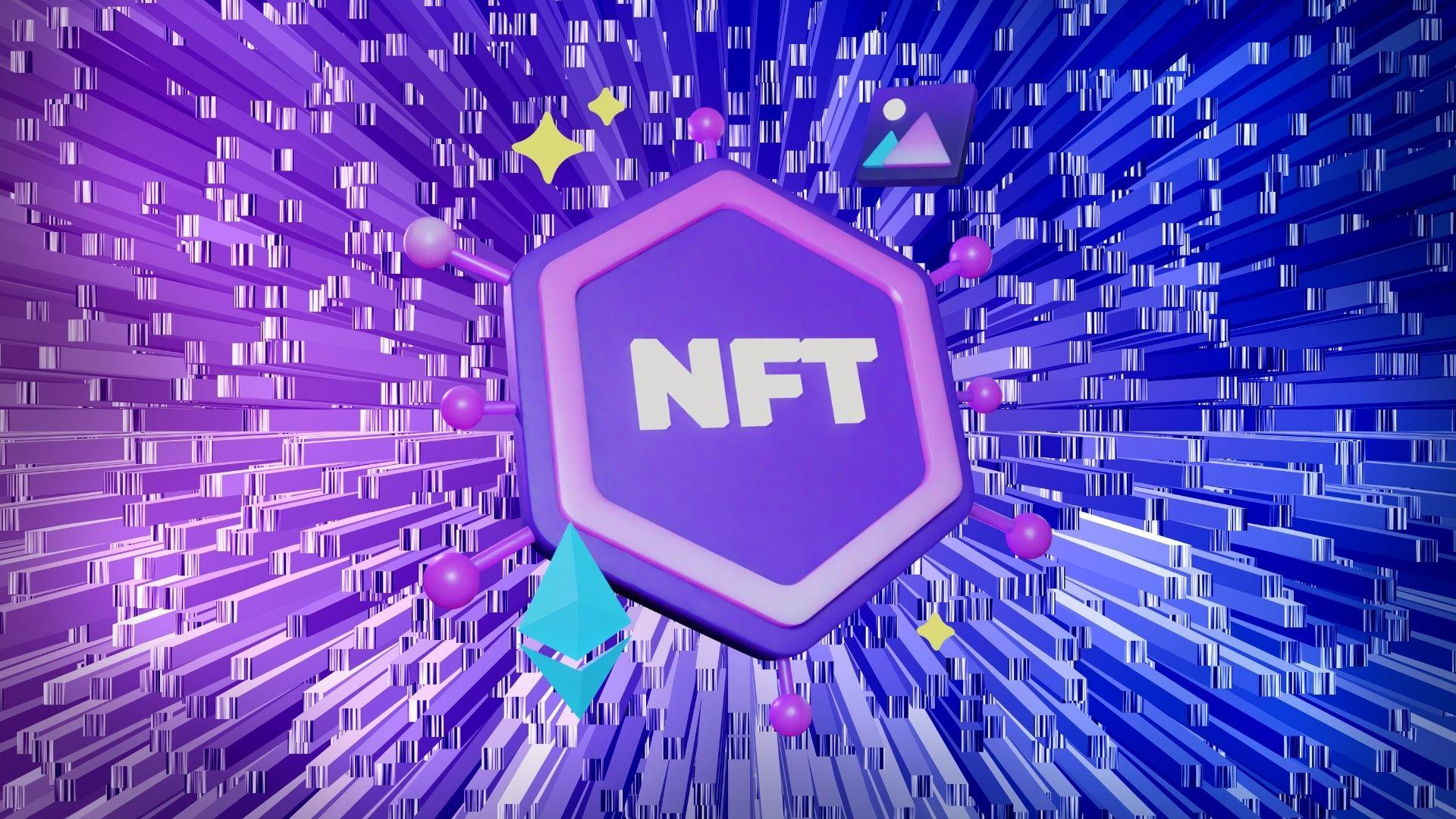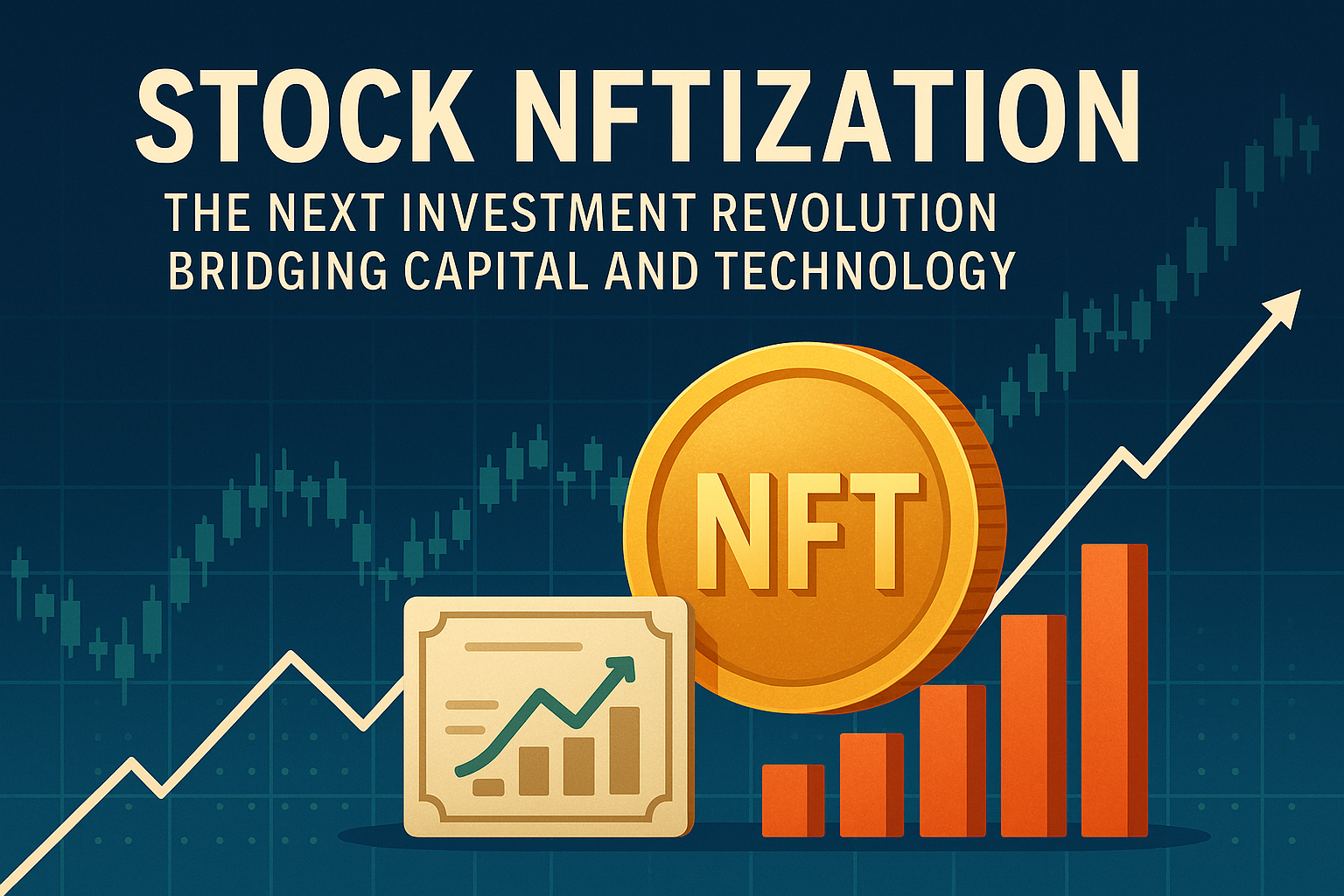

In recent years, NFTs (non-fungible tokens) have made waves in the worlds of art, gaming, and virtual assets. Now, this technology is quietly making its way into financial markets—particularly through the emerging concept of stock NFTs. This development is challenging the traditional definition of equities and capturing the attention of investors, startups, and regulators alike. But what exactly are stock NFTs? Are they poised to reshape our understanding of equity ownership, or are they just the latest form of speculative hype wrapped in a digital veneer?
In simple terms, stock NFTs refer to the representation of stocks or equity rights on the blockchain in the form of NFTs. Unlike traditional electronic shares, NFTs are unique, verifiable, and easily transferable. An NFT can carry rich metadata, such as voting rights, dividend entitlements, or even special governance privileges tied to a company at a particular point in time. This makes it a hybrid of securities and Web3 asset management.
Most publicly traded stocks rely on centralized systems for registration and settlement. Investors rarely have direct access to the underlying asset. NFTs, on the other hand, can be self-custodied and traded peer-to-peer on decentralized platforms. Moreover, NFTs can carry a “story.” For example, an early-stage equity NFT from a startup could encapsulate the brand's culture, the founder’s vision, and more—something conventional stocks rarely reflect.
Stock NFTs aren't just gamified shares; they have potential real-world applications, such as:
Micro-equity crowdfunding: NFTs can be fractionalized, enabling small investors to participate in early-stage funding rounds.
24/7 global secondary markets: NFT-based shares can be traded across borders at any time, bypassing traditional market hours.
On-chain shareholder records: NFTs can be tied to verified identities and governance actions like voting, creating transparent company governance.
Composable finance: NFTs can interact with DeFi protocols, unlocking new features like equity-backed loans or yield-generating products.
Despite their promise, stock NFTs face numerous hurdles. Regulatory clarity is lacking. In most jurisdictions, the issuance and trading of securities are tightly controlled, while the legal status of NFTs remains ambiguous. If deemed a security, an NFT would need to comply with financial regulations, failing which both issuers and platforms could face legal consequences.
Another major concern is trust and infrastructure maturity. Most NFT platforms are not yet secure or transparent enough to handle financial-grade assets. Speculative behavior in the NFT market also makes many traditional investors hesitant to engage.
While challenges remain, stock NFTs should not be dismissed as mere gimmicks. They embody the aspiration to digitize equity and decentralize asset ownership. The most likely near-term path forward is partial NFT-ization—using NFTs to represent specific shareholder rights (such as voting or dividends) while keeping core ownership under regulated registries.
As regulatory frameworks evolve and technical standards improve, stock NFTs may well become a cornerstone of digital finance infrastructure. In this fast-changing fintech landscape, stock NFTs could either fade away or become a bridge—linking real-world assets with decentralized finance and connecting traditional investors with Web3 paradigms.
They are not a revolution that will replace traditional equities—but they may be the next step in the evolution of how we invest, own, and interact with financial assets.


